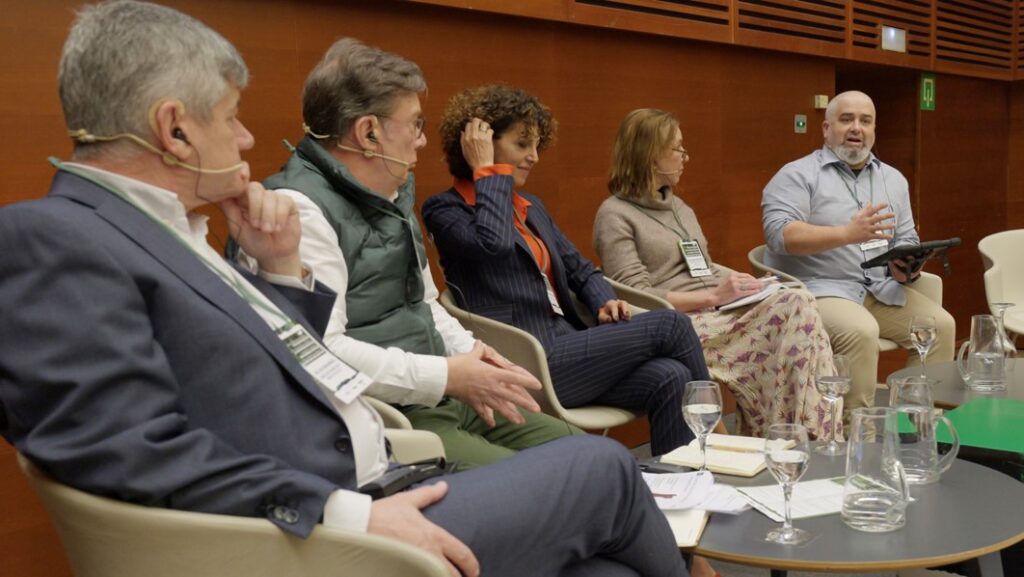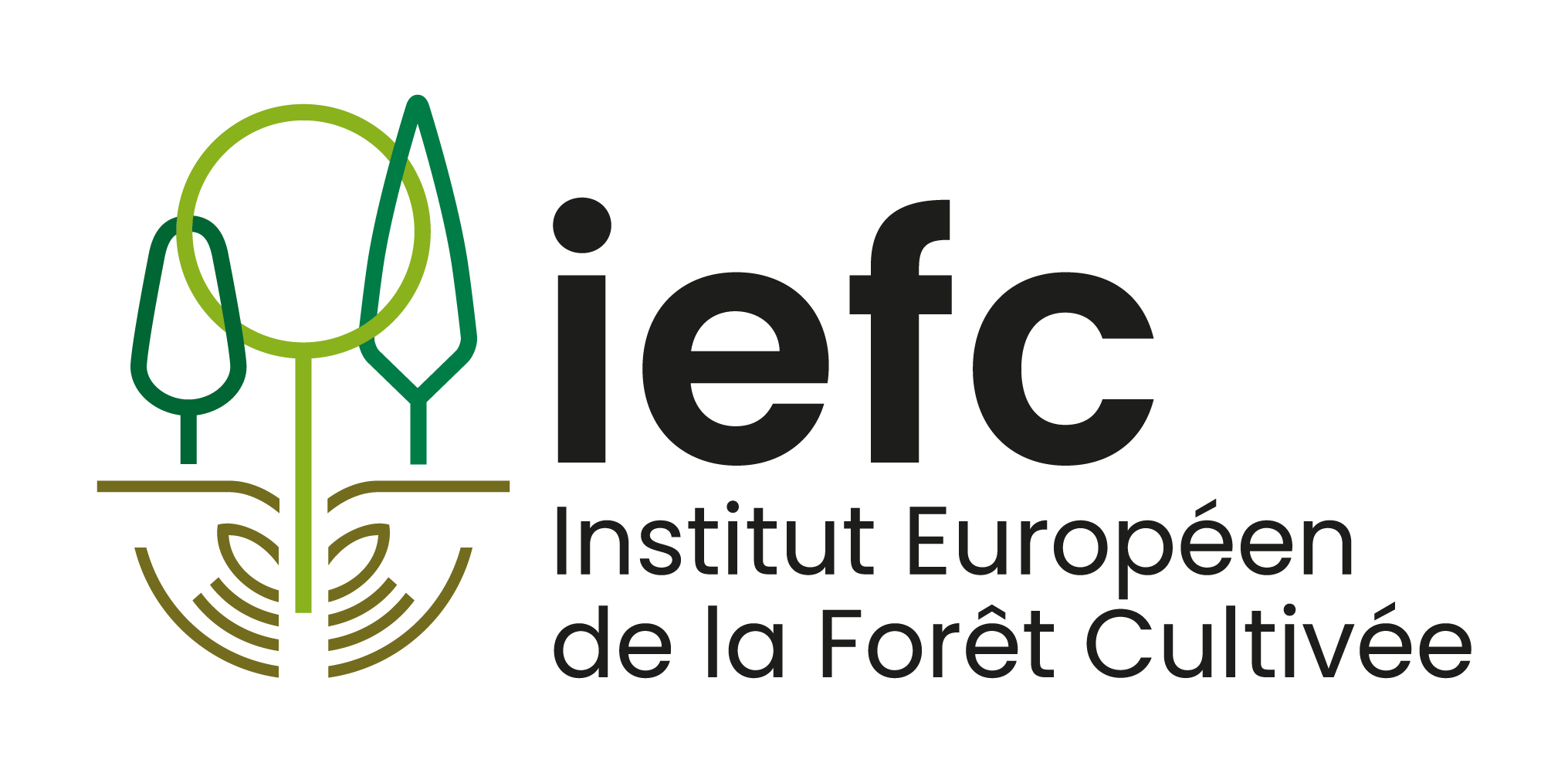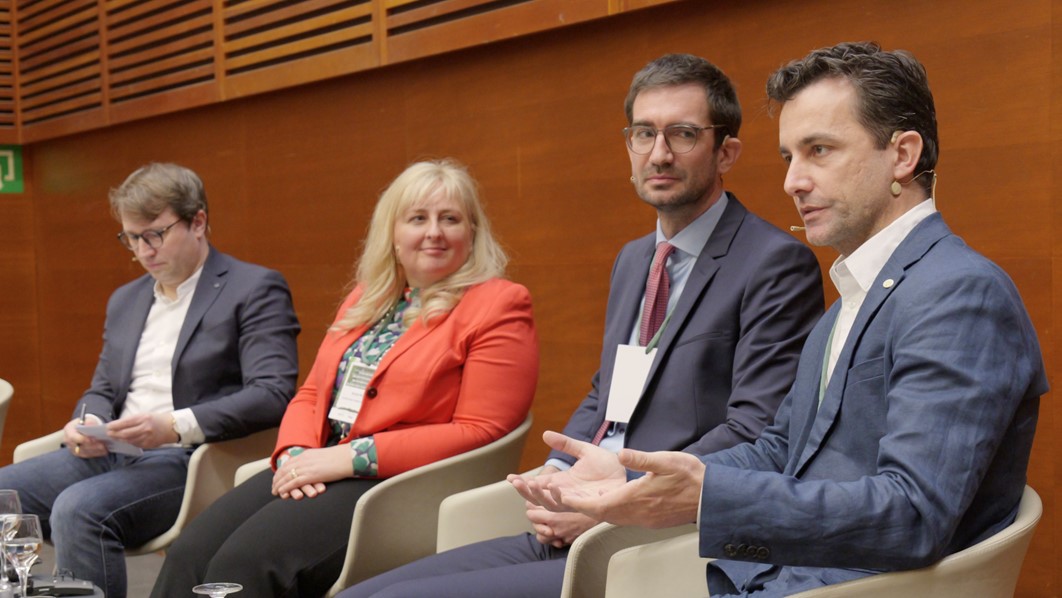CONTEXT:
The year 2020 was marked by the publication in December 2019 of the European Green Deal, a new growth strategy that aims to transform the EU into a just and prosperous society with a modern, resource-efficient and competitive economy, where there are no net greenhouse gas emissions by 2050 and where economic growth is decoupled from the use of fossil resources.
This so-called green transition, which we are undertaking in Europe, cannot only be environmentally sustainable, but must also be economically and socially sustainable. A smart and sensible green transition must harness the bioeconomy to improve the environment, to improve the economy and to make Europe more secure and self-sufficient. In the current socio-economic context of climate crisis, post-covid era and war in Ukraine, among others, we need a safer, greener and richer Europe.
There is no doubt that forests are playing a central role in this transition. And we understand that forests are not a problem, they are a great opportunity and solution to the environmental problems and challenges we face as a result of climate change.
Actually, the European Commission is increasingly interested in forests; in fact, in recent years we are experiencing an avalanche of European legislative initiatives affecting our forests and forestry sector activity in general.
The problem is that there is no clear overview and no coherence or consistency between the different proposals and in the end, somehow, all these initiatives are limiting the management and use of forests in one way or another.
That is why we need more European cooperation on forestry, more cooperation between Member States and the European Commission, and more dialogue between organizations, institutions and governments; we need a European forestry strategy that considers all dimensions of sustainability, and of course takes into account the profitability (cost efficiency) of forestry.
In the Basque Country, we are sure that the different ways of applying forestry and management in rural areas respond not only to the specific characteristics of the production sites, but also to the species to be used and to our needs as a society. Therefore, what is really desirable is to be able to have as wide a range of them as possible: to diversify the form of management in order to be able to diversify both ecosystems and their supply of services. An ancestral way of developing this possibility is the generation of a mosaic landscape, alternating different plots that each develop a different form of management.
To show how we are doing it here, as a perfectly valid example that allows us to face the contemporary challenges we face in the Basque Country, as the forestry country that we are, the initiative arose to hold an international forestry event in the Basque Country in the first third of 2024, bringing together leading forestry experts from all over Europe, national and European institutions, as well as organizations representing all the social, economic and environmental spheres concerned.
After the opening of the conference by the Deputy Minister, we began the conference with a video that I am going to show you now, which shows the reality of forestry in the Basque Country and the position of the Basque Country with regard to forests, but which, as you will see, is very similar to many other regions in southern Europe, and which explains very well the challenges that we face and which we wanted to show to the European Commission.
After the screening of the video, the event was structured in 3 introductory presentations that would serve to feed the debate of the three round tables.
3 INTRODUCTORY PRESENTATIONS TO THE 3 ROUND TABLES
“Forests in a global policy context” by IUFRO: was a presentation contextualizing the role of forests in international legislation, more focused on international conventions and the UN framework.
“EU´s vision on forests facing climate change” by the EC: focused on the European legislative framework and legislative initiatives that directly or indirectly affect forests.
“How to govern forests in the European Union” by EFI: gave a presentation explaining how forest governance is translated into practice, from the institutions that legislate to the agents or actors that must implement these policies.
FIRST ROUND TABLE – “What opportunities and challenges exist in Europe for our forests and what forestry model we want in Europe”.

Firstly, we organized a FIRST ROUND TABLE on “what opportunities and challenges exist in Europe for our forests and what forestry model we want in Europe”, in which the three previous speakers and a representative of the Bavarian State Forest Enterprise (BaySF), Mr. Franz Thoma, participated.
This round table focused more on the political side and on the difficulties that arise when implementing the different policies to the different forestry realities, and in which some of the messages to be highlighted were:
– There is a need to maintain good dialogue and coordination between the different actors and institutions. And this is a point on which the EC representative insisted a lot: he confirmed that we must continue to go to the EC to explain our reality with well-worked issues, with data and scientific evidence, showing good practices and also what does not work because we also learn a lot from this, but we must go with clear, simple and very concise messages; and we must do the same with national or regional governments as well as with MEPs.
– There is a gap between the political ambition of the legislative proposals that are made and the possibility of their implementation on the ground. The diversity of forests we have in Europe must be taken into account: “One size does not fit all”.
– To leave the forest unmanaged is not an option, and even less so in this context of climate change. We have to act, forest owners are part of the solution and not part of the problem. We need ACTIVE forest management. we have to fight for people who want to still be in the forest and manage forests, we should try to not loose attractiveness, we are missing skilled young workers from a leadership level, why should they be motivated to do this if the future is kind of blurry and they do not know what to expect?
SECOND ROUND TABLE – “How to align the various policies affecting European forests with research and innovation and their implementation on the ground in the face of the climate crisis”.

The second panel discussed how to align the different policies affecting European forests with research and innovation and their implementation on the ground in the face of the climate crisis.
– There is a gap between research and its translation to the field: the main challenge is to take all the good science and information that exists and see how we can turn it into policy or action.
– Research must provide clear and accurate information so that policy-makers have clear premises on which to base decisions to develop different policy and financial frameworks. Forestry decision-making systems must be well-structured and informed.
– It was emphasized that there is a need for public-private alignment in the forest sector in relation to (i) financing, (ii) management and (iii) collaboration.
– There is a need for more dialogue and alliances between the different agents and actors (foresters, economists, biologists, public-private sector, etc.), to deepen human relations and create a climate of trust, in order to take quicker and better decisions with the aim of protecting our forests.
– A balance must be sought in the dynamics of the three pillars of sustainability: environmental, social and economic.
– ACTIVE FOREST MANAGEMENT: everything that we do not manage will be managed by pests and diseases or by forest fires!!!!
THIRD ROUND TABLE- “The social perception of European forests and the need to combine different management models for resilient forests that provide goods and services to society”.

This roundtable dealt with the social perception of European forests and the need to combine different management models to achieve resilient forests that provide goods and services to society.
In general, society has a BAD IMAGE of the forest sector:
– Importance of awareness and communication: the forestry sector has not been able to make a good communication and has lacked narrative. Today, the bioeconomy has provided us with that narrative and it is also the right time because of the whole issue of the commitment to the decarbonization of the economy. We have much more positive to communicate than negative.
– The main problem we have had is that the product sells very well, society buys it as an alternative to other much more polluting products, but so far we have been unable to link the final product to forest management, with the beginning or origin of the product (tree).
– The difficulty of turning this situation around and communicating our messages was discussed:
o Need to educate from early ages.
o Need to break false myths and stereotypes about the forestry sector.
o Need for experts in communication, making use of social media and good examples when communicating. And even taking advantage of good communicators who have nothing to do with the forestry sector but who believe in it (cooks…etc).
o The need to work in networks and create alliances with as many agents as possible.
– Regarding ecosystem goods and services. It was mentioned that there is no doubt that forestry and forests provide a wide range of ecosystem services (timber, biodiversity, Co2 sequestration, recreational and leisure services, landscape, etc.). The problem is that some of these ES have values, i.e. they can be valued monetarily, but many others do not, and if no value is attached to them, market distortions occur, which is a serious problem when it comes to valuing the work of forest owners. The problem needs to be addressed and further work needs to be done.
In short and in conclusion:
- We need to bring together policy-makers and the agents or actors that implement and/or execute these policies, to establish an open dialogue on the issues that concern us, the different actors that make up the forestry sector. We all belong together, and we are connected: from the EU with its administration to the decision-makers at different levels, to the practitioners on the ground in the forest.
- We have great diversity of forests in Europe. The reality and specificity of each territory, region or country must be taken into account. We cannot legislate in the same way for all European forests.
- We must continue to work with an open, positive and constructive dialogue in defence of our forests. The forestry sector has a great opportunity and we must seize it!
Leire Salaberria, Managing Director, USSE

